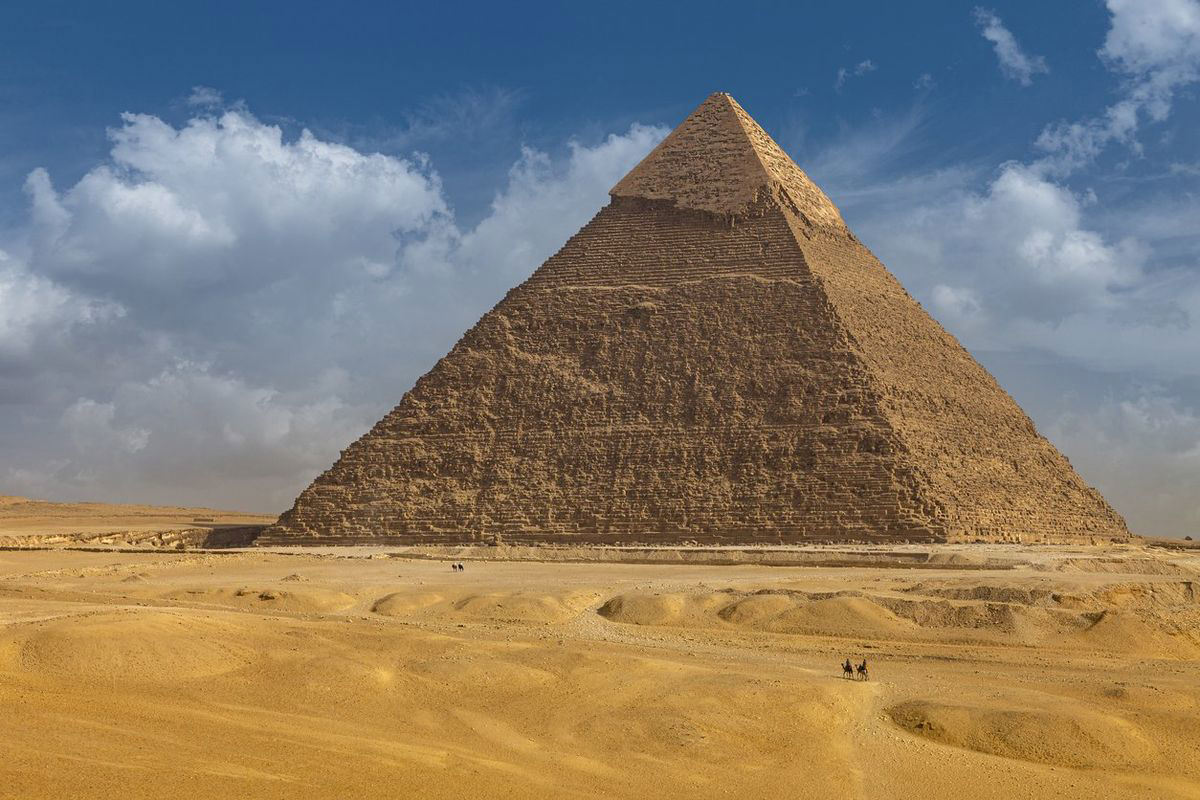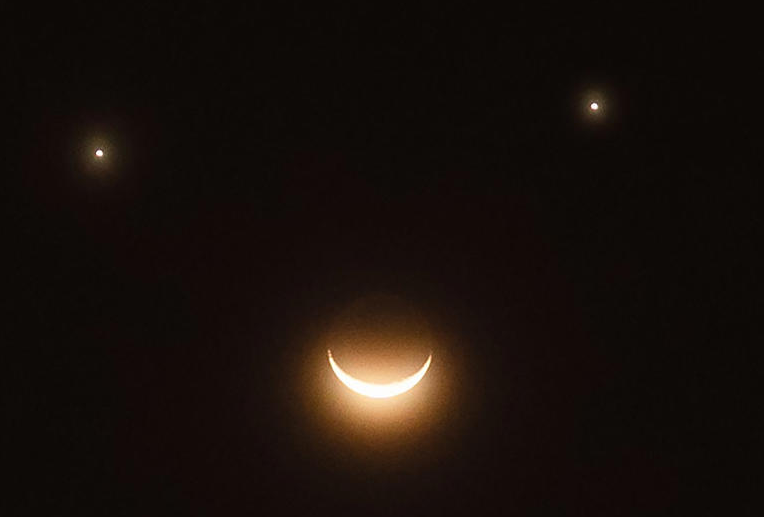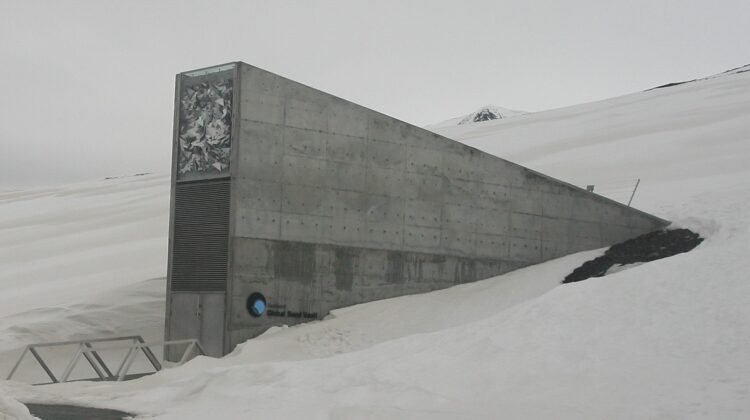As far as hypothetical space megastructures go, the stellar engine is one of our favourites – a gigantic contraption built with the purpose of transporting our Solar System somewhere else, if we ever need to move to a different cosmic neighbourhood.
Now, new research has put forward another idea for what such a radical stellar engine might look like.
Via this beautiful video from Kurzgesagt, you can learn all about the so-called Caplan Thruster, which would use the Sun’s own energy to propel it across the galaxy and beyond. It’s named after the scientist who came up with the design, astrophysicist Matthew Caplan from Illinois State University.
But why would such an enormous machine be needed? Well, while we’re nice and settled where we are, the Universe is constantly shifting, so there’s always a chance that Earth might one day fall into the path of an asteroid shower or a supernova star that’s in the process of exploding into smithereens.
Thanks to today’s technology, we’d get a decent heads-up on such a calamity, something in the region of a few million years. That might just be enough time to help us develop a stellar engine, if we put our minds to it.
We’d recommend you checking out the Kurzgesagt video in full for yourself: it outlines how the Caplan Thruster would sit close to the Sun, using electromagnetic fields to gather hydrogen and helium from the solar wind to use as fuel.
That would power two jets of energy – one using helium, pushed through a fusion reactor to create a jet of radioactive oxygen that would move the Caplan Thruster forward, and one using hydrogen, to maintain distance from the Sun and to push it forward. The Caplan Thruster would essentially act as a kind of tugboat.
As solar wind alone wouldn’t provide enough fuel, we would also need some kind of Dyson sphere structure too, which would concentrate sunlight into a specific spot on the Sun to increase temperatures (and power output) even further.
The good news is, as the Sun shifts, everything else will follow – kept in the same gravitational dance as before. It’s not necessary to shift Earth, Mars, Jupiter, and the rest of the planets individually, because the pull of the Sun will take care of it for us.
The Caplan Thruster has one big advantage over another stellar engine idea, the Shkadov Thruster, proposed by scientist Leonid Shkadov: it would be much faster.
At full throttle, the Shkadov Thruster could probably propel us 100 light years over 230 million years. The Caplan Thruster, on the other hand, could move us 50 light years in just 1 million years, hitting the kind of speed that might be needed to escape a supernova.
In terms of the physics involved, the Shkadov Thruster is essentially a giant curved mirror, designed to reflect enough of the photons in the Sun’s solar radiation to get it moving through space. However, this movement could only be in one direction, further limiting the usefulness of the idea.
If we are to get the entire Solar System moving in the future, then the Caplan Thruster might be the best way to go – though we’re only at the ‘scientifically plausible’ stage right now, so don’t expect construction to start anytime soon.








 Photographer Finds Locations Of 1960s Postcards To See How They Look Today, And The Difference Is Unbelievable
Photographer Finds Locations Of 1960s Postcards To See How They Look Today, And The Difference Is Unbelievable  Hij zet 3 IKEA kastjes tegen elkaar aan en maakt dit voor zijn vrouw…Wat een gaaf resultaat!!
Hij zet 3 IKEA kastjes tegen elkaar aan en maakt dit voor zijn vrouw…Wat een gaaf resultaat!!  Scientists Discover 512-Year-Old Shark, Which Would Be The Oldest Living Vertebrate On The Planet
Scientists Discover 512-Year-Old Shark, Which Would Be The Oldest Living Vertebrate On The Planet  Hus til salg er kun 22 kvadratmeter – men vent til du ser det indvendigt
Hus til salg er kun 22 kvadratmeter – men vent til du ser det indvendigt  Superknepet – så blir snuskiga ugnsformen som ny igen!
Superknepet – så blir snuskiga ugnsformen som ny igen!  Meteorite That Recently Fell in Somalia Turns Out to Contain Two Minerals Never Before Seen on Earth
Meteorite That Recently Fell in Somalia Turns Out to Contain Two Minerals Never Before Seen on Earth  Nearly Frozen Waves Captured On Camera By Nantucket Photographer
Nearly Frozen Waves Captured On Camera By Nantucket Photographer  It’s Official: Astronomers Have Discovered another Earth
It’s Official: Astronomers Have Discovered another Earth 